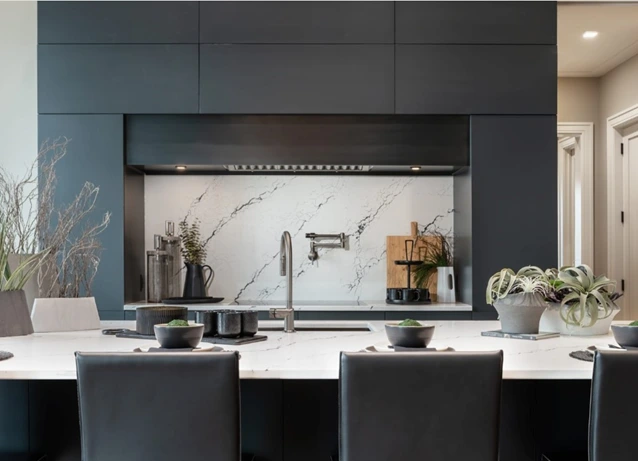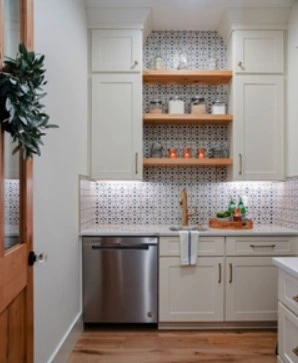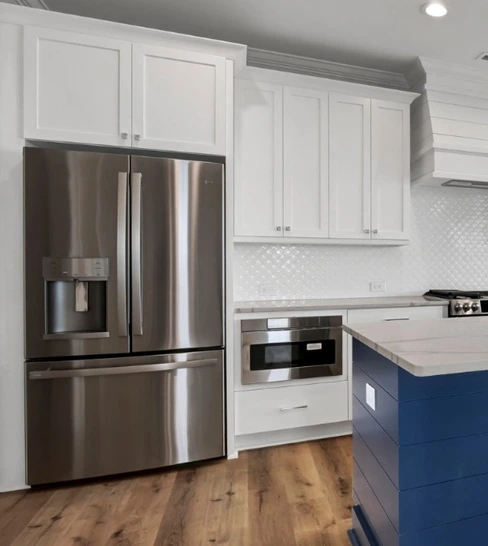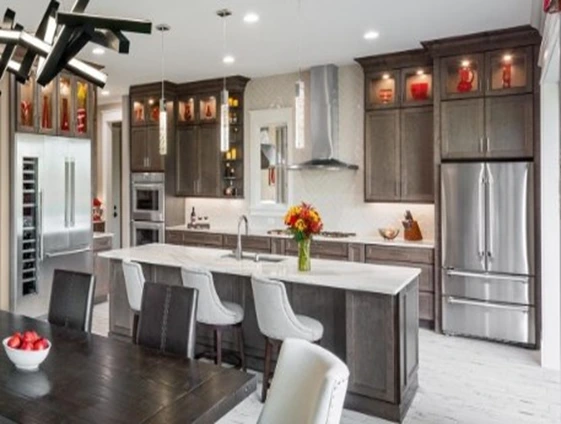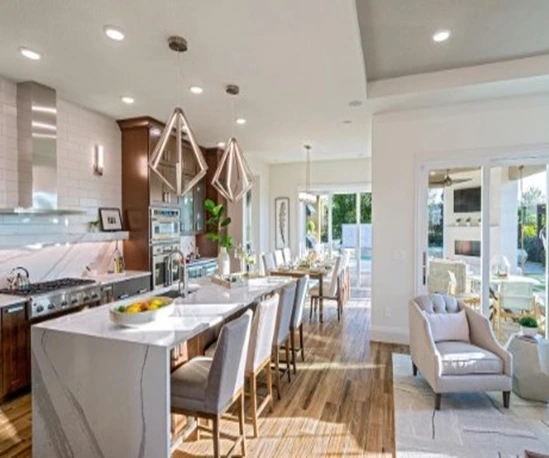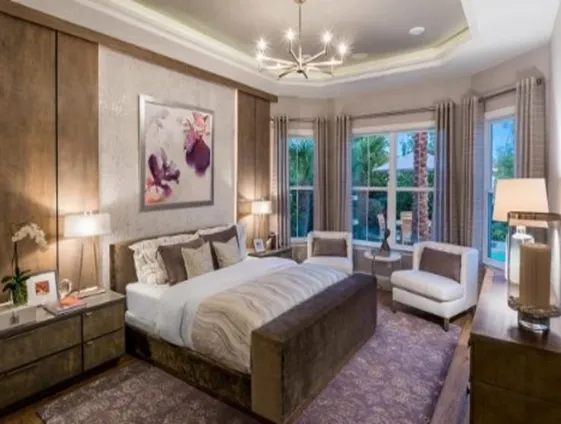“Choose Joy” is the favorite saying of my longtime friend, Nancy. She ends every email in it and often uses the phrase to diffuse conflicts in her office.
While it seems like a simple concept, it’s actually very powerful. Turns out, joy is more powerful than good genes according to an 80-year Harvard study of their graduates. The ones who found joy in life lived longer.
This begs the question: How can we add or facilitate joy in our homes?
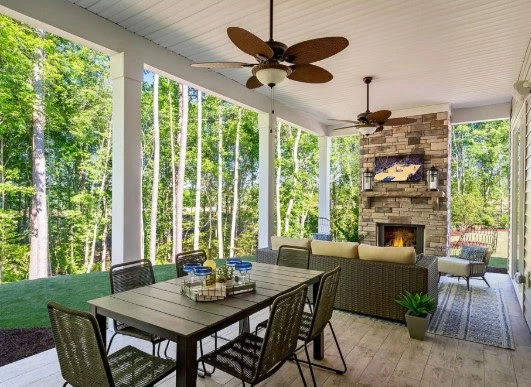
Outdoor living is an essential component of a joyful house, especially when you consider our fascination with and connection to nature. Trees help to make a yard or a neighborhood joyful. The same goes for a colorful landscape. Include both evergreen and deciduous trees so there is always some green. Fresh flowers are always joyful, so include a seasonal rotation of annuals.
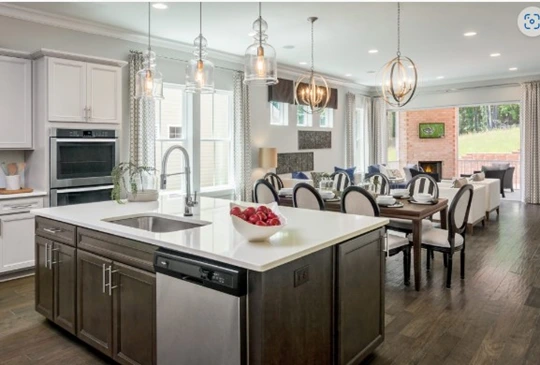
I think a joyful home includes an interactive kitchen. I want the person preparing the food to be connected to friends and family – not locked away in some utilitarian chore space as was the norm in the sixties and seventies.

Of course, our pets bring us great joy! They are always happy to see us when we come home. Having a home that makes it easy to care for and accommodate our pets reduces the less-joyful moments that can come with pet ownership. This could be as simple as finding a place for the pets’ food, water, and bed that is out of the high traffic zones.
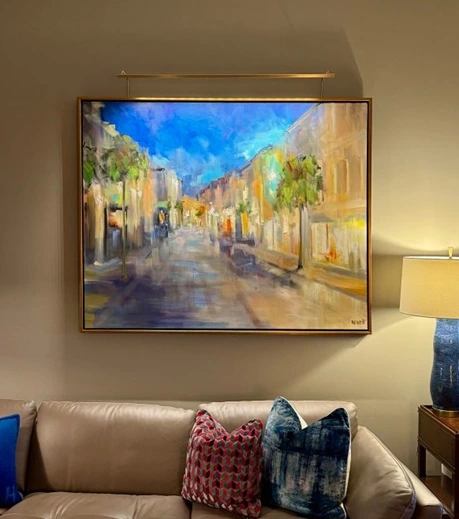
Light by itself is joyful, but thoughtful lighting is even more so. Consider ambient, task, accent, and decorative lighting. Add some undercabinet lighting and prepping meals becomes more fun. Perhaps change out your pendant fixtures over the kitchen island to give your home a fresh new look. Add a beautiful piece of art and showcase it with a portrait light.
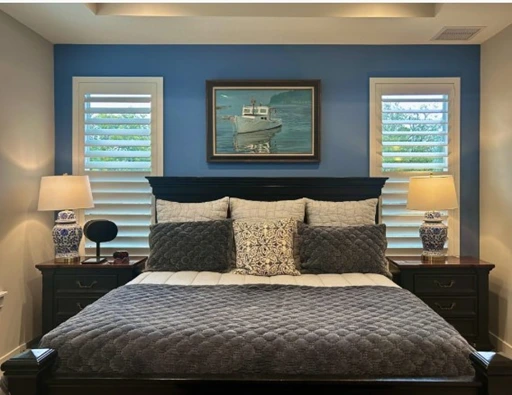
Adding color to the interior of homes can be tricky but worth the risk if you are looking to add joy. There is an entire industry that focuses on the effect color has on people. Yellow, orange, and blue are colors that evoke feelings of joy. Yellow is often linked to the power and energy of the sun and is strongly associated with laughter. While red symbolizes passion, orange serves as a balanced alternative, declared by Frank Sinatra as the happiest color. Blue represents trust and serenity, bringing a sense of calmness. Of course, color preference is very personal, so different colors resonate with people differently.
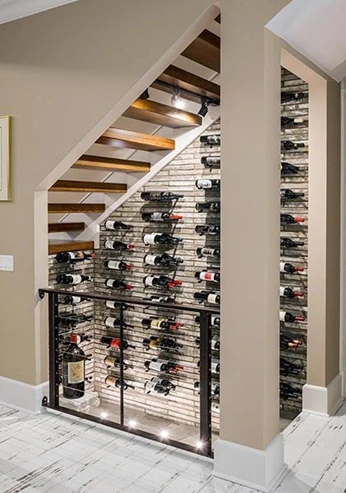
I have always found the ability to personalize the places we call home to be very powerful. This could be as simple as selecting some cool art for your walls or swapping out old facets in the bathroom with something more elegant. But it could also be more extravagant like building a wine display or wine wall. Hey – let’s face it. Wine is joyful.

Adding joy to your home impacts your health and longevity—so plant some colorful flowers or shrubs that bloom, switch the paint color in your bedroom, replace a vanity light or chandelier, build a firepit and enjoy the great outdoors all year long—the result will be a happier you!
Adapted from Housing Design Matters Blog

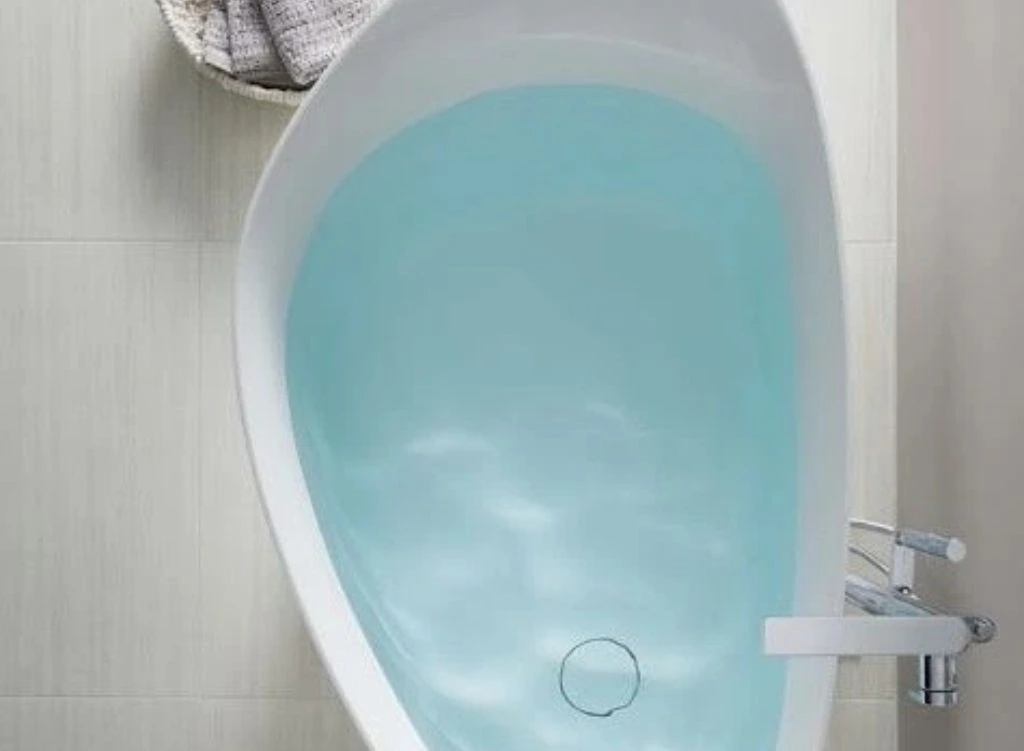



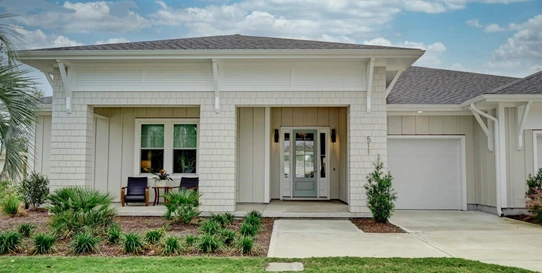
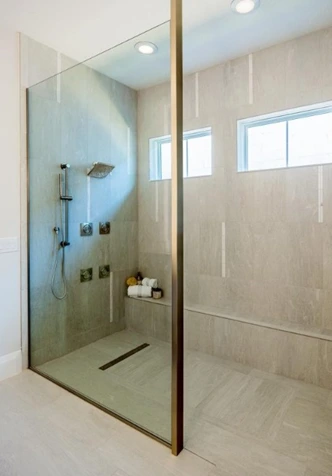
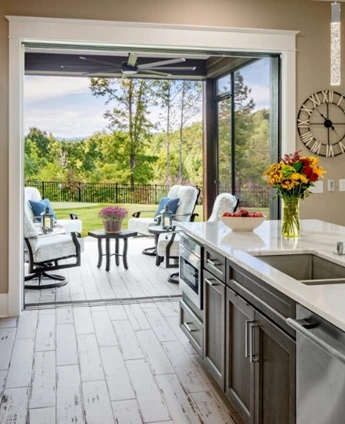
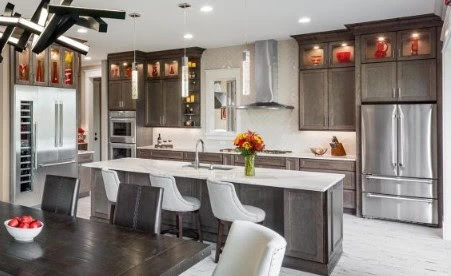
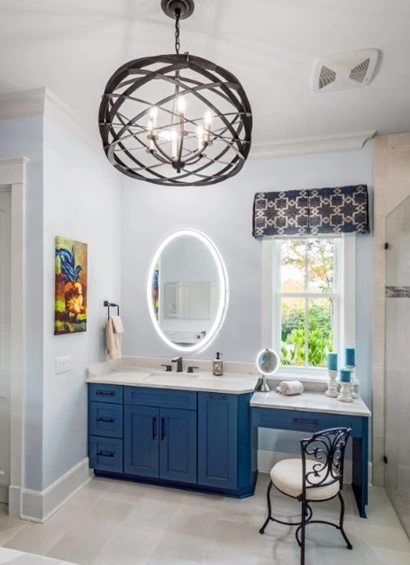
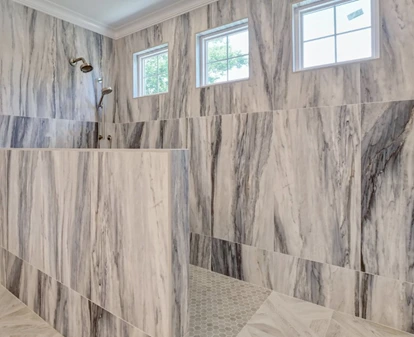


 PORTABLE HEATERS
PORTABLE HEATERS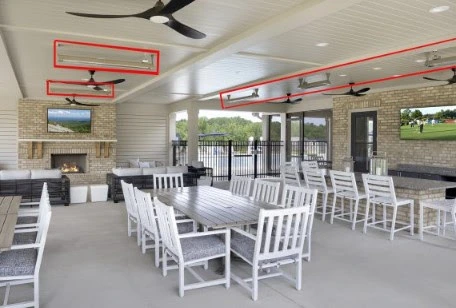

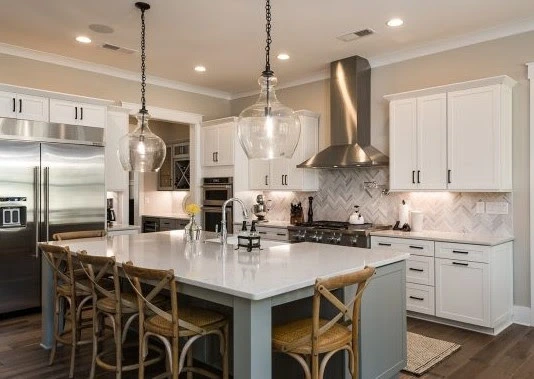 A PLACE FOR REST AND REJUVENATION
A PLACE FOR REST AND REJUVENATION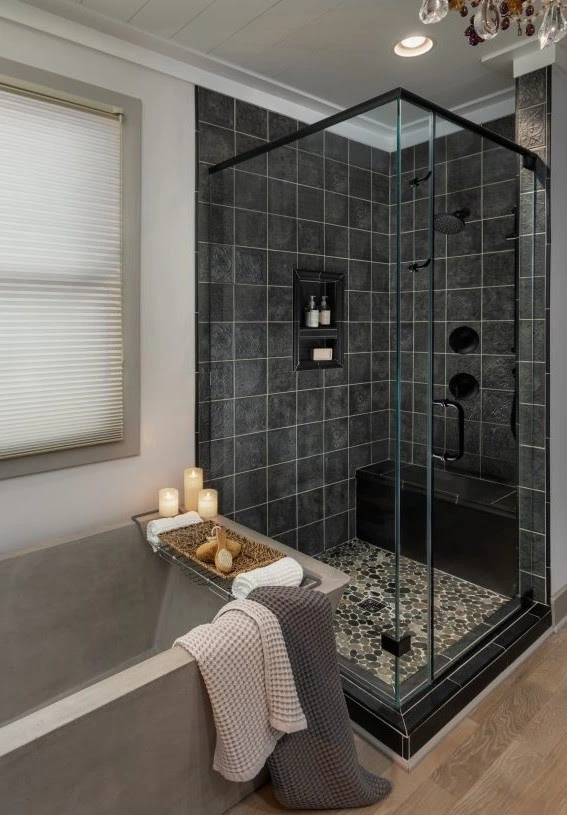
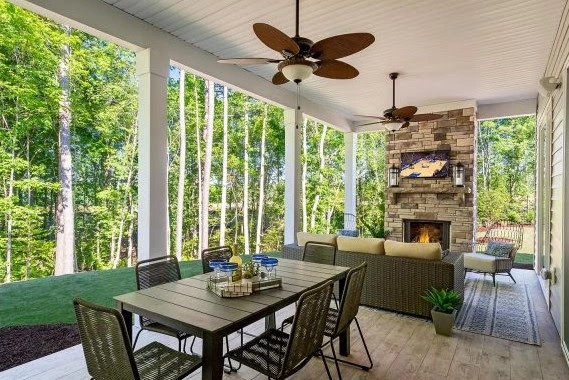
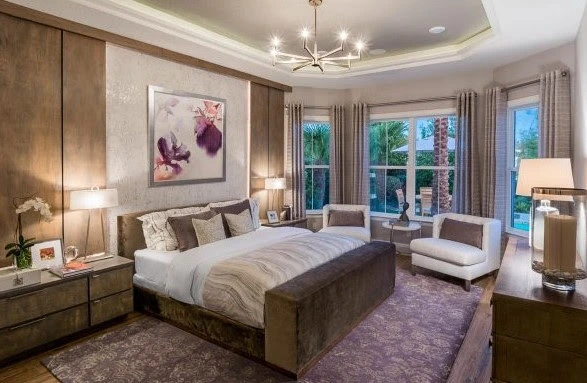
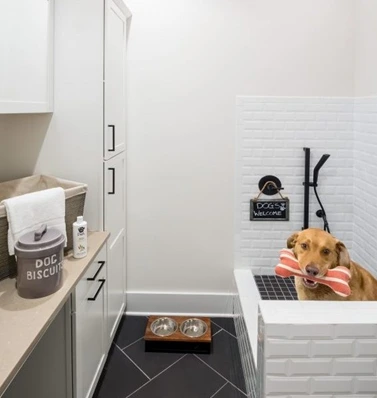 PET FRIENDLY
PET FRIENDLY